Description
The machine learning techniques can learn using historical data and perform different tasks such as classification, prediction, categorization, pattern recognition, etc. In this presented work, the ability of classification has been utilized for designing an improved diabetes risk prediction system. Diabetes is one of the crucial and silently increasing issues in Indians. Thus, timely detection and care of diabetes is essential. In this presented work a Diabetes Risk Prediction system has been proposed to accurately detect the diabetic risk by using lifestyle features. The proposed system provides some rules which can be included in our lifestyle to prevent diabetes risk. The simulation includes the implementation of the C5.0 decision tree algorithm-based diabetes risk prediction system. Then, an improved version of the diabetes risk prediction system has been implemented. In this algorithm first, the decision tree is generated using the C5.0 decision tree, Then the pruning based on the naive Bays algorithm has been applied to extract optimized rules. However, the C5.0 algorithm is an optimal version of the C4.5 decision tree. Additionally, the initial version of this tree is known as ID3 Decision Tree Algorithm. But, by incorporating the pruning technique it becomes the C5.0 algorithm. The proposed C5.0 incorporates the Bays classifier to reduce low potential rules. The experiments have been done on the diabetes dataset. This dataset can be downloaded from the UCI repository. The experimental dataset in ARFF format has been used. To demonstrate the improvement of the proposed C5.0 over the traditional C5.0 algorithm both models are implemented using JAVA technology. Moreover, to store and visualize the performance of models the MySQL server has been used. Additionally, the comparison between both of them has been performed in terms of accuracy, error rate, training time, etc. The running example of the given project is also hosted on our Youtube channel.

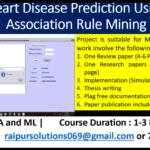
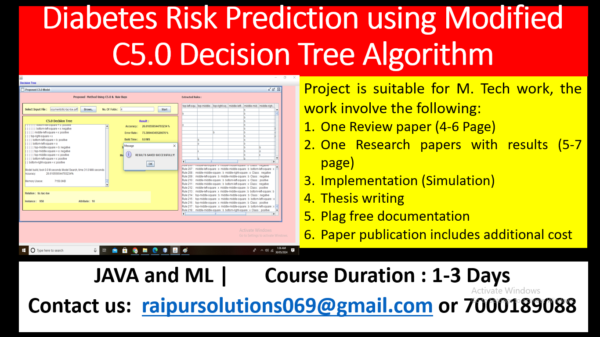
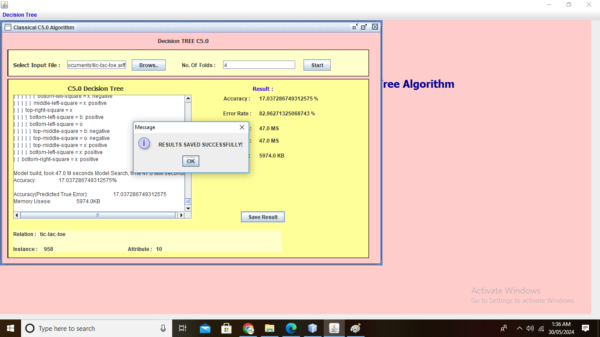
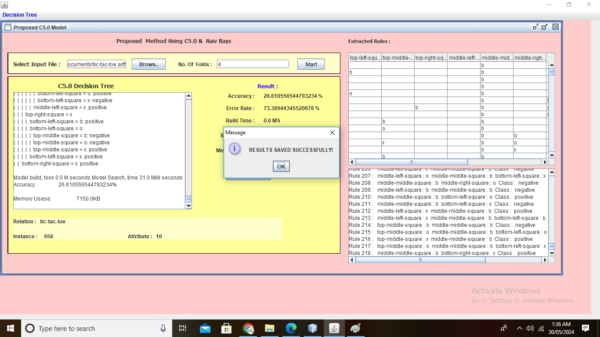
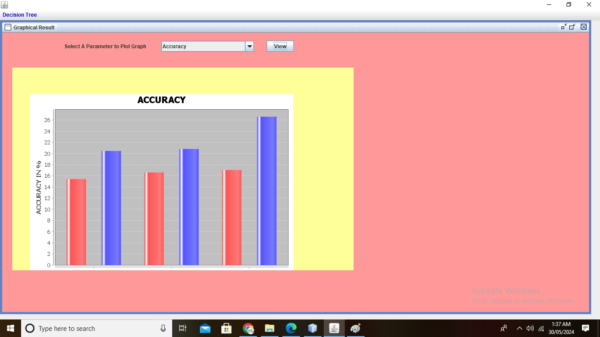
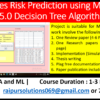

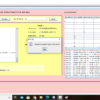
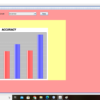
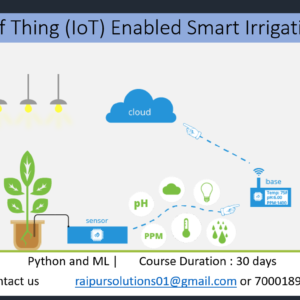

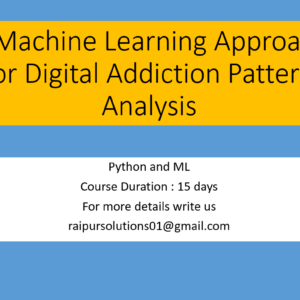

Reviews
There are no reviews yet.